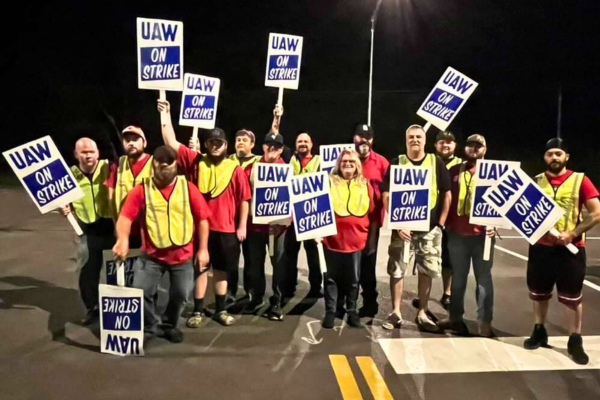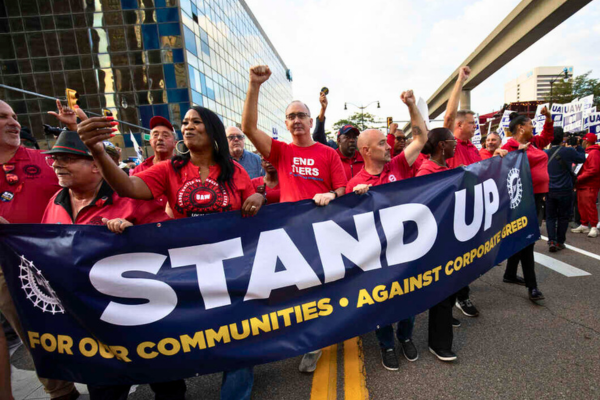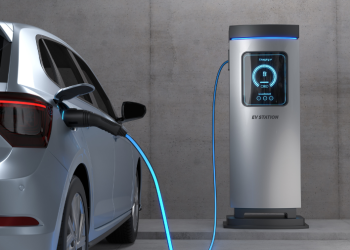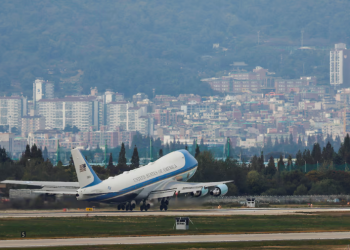At 11:59 pm ET on Thursday last week, the United Auto Workers (UAW) contracts expired, marking a historic moment in the automotive industry. For the first time in its history, the UAW launched strikes simultaneously against all three major U.S. automakers: General Motors, Ford, and Stellantis, the parent company of Jeep, Ram, Dodge, and Chrysler. These contracts covered 145,000 UAW members across the nation.
As the clock struck midnight, the absence of a negotiated agreement triggered the UAW’s strategic “Stand Up Strike,” which entails targeted strikes at specific facilities within each of the three companies. Shawn Fain, UAW President, announced that the strike would commence at a GM plant in Wentzville, Missouri; a Stellantis plant in Toledo, Ohio; and a Ford plant in Wayne, Michigan. Thousands of workers walked off their jobs, forming picket lines outside these facilities on Friday morning.

The repercussions of these strikes are already being felt in the automotive industry. The cessation of work at these three plants will disrupt the production of several critical vehicles, including the Ford Ranger pickup and Bronco SUV, the Jeep Wrangler, and the Chevrolet Colorado pickup. However, it’s essential to understand that the impact could have been even more widespread, given the intricate network of plants and dependencies among these facilities.
Industry experts emphasise that slowing or halting production at a few key engine or transmission plants within each company can be just as effective in disrupting operations as a full-scale strike at all plants.
Jeff Schuster, the Global Head of Automotive for GlobalData, an industry consultancy, pointed out that shutting down just one engine or transmission facility per company could potentially idle nearly three-quarters of the U.S. assembly plants. He emphasized that this targeted approach could lead to halting assembly lines within less than a week.

One significant advantage of this targeted strike strategy for the union is its potential to conserve resources and extend the duration of the walkout. Union members participating in the strike are eligible for $500 a week from the union’s strike fund. If all 145,000 UAW members were to strike simultaneously, it could cost the fund over $70 million weekly, rapidly depleting its $825 million reserve.
However, with targeted strikes, the companies might opt to shut down operations and lay off workers who are not technically on strike. This move could make these employees eligible for state unemployment benefits rather than the union’s strike pay, thus preserving the union’s financial resources. The eligibility for unemployment benefits varies by state, creating complex legal considerations.
In Ford’s case, for instance, workers in Michigan and Ohio would not be eligible for unemployment benefits if they were laid off due to a strike-related parts shortage. Conversely, in states like Kentucky and Tennessee, workers would qualify for unemployment benefits.
Nonetheless, these workers may not receive the more lucrative “sub-pay” typically provided during temporary layoffs, which bridges the gap between unemployment benefits (usually less than $300 per week) and standard company pay (which can approach $1,300 per week). The union has vowed to fight for the laid-off members to receive the benefits they deserve.
Negotiations and key demands
All three automakers have publicly stated their commitment to reaching tentative labor deals to end the strikes as swiftly as possible. Their latest offers include a 20 percent raise over the life of the contract, with an immediate 10% pay increase. The lower-paid temporary employees would see their hourly wage rise to $20, representing a 20% increase from the current $16.67 per hour.

Despite these offers, contentious negotiations have characterized the bargaining process. The union originally demanded an immediate 20% pay raise and four additional raises of 5 percent each over a four-year deal. While the companies have presented double-digit pay hikes, the union’s negotiators have found these offers insufficient to meet their demands.
The union’s key demands extend beyond wages and encompass issues such as job protections, benefits, and the treatment of temporary workers. The UAW seeks to reverse concessions made in 2007 and 2009, when the auto companies faced financial hardship and bankruptcy.
One significant demand is ending the two-tier wage system and benefits structure for workers hired since 2007, providing them with a more equitable compensation package and a faster path to top-tier wages.
Furthermore, the union has called for a return to cost-of-living adjustments (COLA) to protect members from the impact of rising living costs. COLA was eliminated in the 2007 contract. The union contends that despite record or near-record profits for automakers and substantial CEO pay increases, real wages have decreased due to inflation and soaring car prices.
Beyond these financial matters, the UAW is concerned about job losses and plant closures. They highlight that automation, outsourcing, and market share losses to non-union competitors have led to the closure of 65 plants in the 21st century. Additionally, the transition to electric vehicles (EVs) in the coming years poses a threat to jobs in traditional engine and transmission plants.
As the strike enters its fourth day, it remains to be seen whether the negotiations will yield a resolution or if the strikes will escalate further. While the economic impact of the strikes is already being felt, it is not expected to push the nation into a recession at this time.
Potential Canadian autoworker strike adds complexity
Adding to the complexity of the situation, Unifor, the union representing autoworkers in Canada, is preparing to strike against Ford in Canada, with a potential strike set to commence on Monday night. Lana Payne, Unifor President indicated that the two sides are far apart in their negotiations.
This strike, if it materializes, could have significant implications for Ford, as it may disrupt the production of V-8 engines used in the popular F-150 pickup truck and Mustang sports car. The V-8 engines produced in Canada are the sole source for these vehicles, and a strike in Canada could halt production at U.S. plants reliant on these engines.
While the UAW’s strike has affected a single factory in Michigan, the potential Canadian strike could have a more extensive impact on Ford’s sales, particularly for the F-150 pickup, which is Ford’s best-selling vehicle. The strike’s outcome in Canada could further complicate the ongoing labour disputes within the North American automotive industry.
As negotiations continue, both unions in the U.S. and Canada are pushing for their members’ rights and striving to secure favourable contracts in a rapidly evolving automotive landscape marked by the transition to electric vehicles and changing labour dynamics.
Read more on Success secrets of South Africa’s automotive manufacturing sector revealed




















